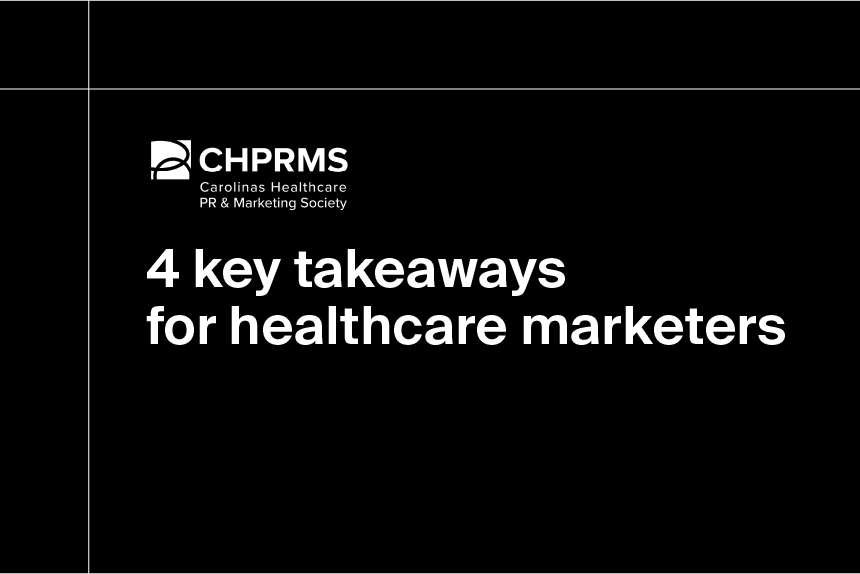The Affordable Care Act (ACA) and Medicare Advantage (MA) plans continue to drive enrollment for major health insurance companies in the U.S., with ACA marketplace enrollment jumping 13% in 2025. Medicare Advantage plans are also on a steady climb, accounting for more than half of the eligible Medicare population in 2025.
While scores of companies sell health insurance coverage in the U.S., a handful dominate the market. Here are the top five largest health insurance payors, based on total direct premiums earned in 2023 (the most recent year Consumer Information and Oversight Medical Loss Ratio Reports are available; FY 2024 will be available in late 2025).
What is a healthcare payor?
A healthcare payor (also called healthcare payer) is an organization that pays for the cost of healthcare services administered by a healthcare provider. Payors can be either government or private entities. Examples include commercial insurers and government programs like Medicare and Medicaid. The primary difference between a health plan and a payor is that a health plan pays the cost of medical care, and a payor is an entity responsible for processing patient eligibility, services, claims, enrollment, or payment.
Top 10 healthcare payors by total direct premium earned
| Rank | Payor | HQ state | Premium earned | Covered lives |
| 1 | Kaiser Permanente Health Plans | CA | $56,425,475,223 | 9,245,150 |
| 2 | Elevance Health (FKA Anthem Blue Cross & Blue Shield) | IN | $40,825,223,071 | 6,401,147 |
| 3 | UnitedHealthcare (AKA UnitedHealth Group) | MN | $40,372,080,544 | 7,340,576 |
| 4 | Health Care Service Corporation Group | IL | $33,910,149,836 | 5,180,391 |
| 5 | Guidewell Mutual Holding Group (FKA Blue Cross and Blue Shield of Florida) | FL | $18,701,458,090 | 2,489,533 |
| 6 | Centene Corporation | MO | $17,433,904,645 | 2,603,146 |
| 7 | Blue Shield of California | CA | $15,947,303,697 | 2,498,551 |
| 8 | Cigna Healthcare (FKA Cigna) | CT | $15,049,128,810 | 2,339,657 |
| 9 | Aetna | CT | $14,424,654,941 | 2,417,163 |
| 10 | CareFirst BlueCross BlueShield | MD | $8,834,688,569 | 1,381,774 |
Fig. 1 – Data is from the Definitive Healthcare ConnectedCareView product, according to the most recent 12-month interval tracked in our database. Data sourced from CMS’ Consumer Information and Oversight Medical Loss Ratio Reports for 2023. Accessed August 2025.
What was the top payor by premiums earned and covered lives?
Many companies sell health insurance in the U.S., but a few large companies control a significant share of the market. Here’s a rundown of the top five largest health insurance payors in the U.S., based on total direct premiums earned in the most recent 12-month interval tracked in our database.
1. Kaiser Permanente Health Plan
Kaiser Permanente Health Plans was the top payor by premiums earned ($56.4 billion) and covered lives (9.2 million) in 2023.
Kaiser Permanente is a closed-network provider, which means that members must generally see Kaiser Permanente physicians and use Kaiser Permanente facilities to receive covered care.
2. Elevance Health (formerly Anthem)
Anthem changed its name to Elevance Health in 2022. The company offers commercial, Medicare, and Medicaid plans through its affiliates, including Anthem Blue Cross and Blue Shield, Wellpoint, Carelon, and others.
The payor saw $40.8 billion in total direct premiums earned and had over 6.4 million covered lives in 2023.
3. UnitedHealthcare
UnitedHealth Group has two subsidiaries: Optum and UnitedHealthcare. It offers insurance under UnitedHealthcare and healthcare products under Optum. In 2023, UnitedHealthcare had $40.3 million in total premiums earned and 7.3 million covered lives.
4. Health Care Service Corporation (HCSC)
Health Care Service Corporation Group is an independent licensee of the Blue Cross and Blue Shield Association. In 2023, the payor saw $33.9 billion in total direct premiums earned and had 5.2 million covered lives.
5. Guidewell Mutual Holding Group
Guidewell Mutual Holding Group (formerly known as Blue Cross Blue Shield of Florida) is a member of the Blue Cross Blue Shield Association, which is a network of independent Blue Cross Blue Shield health insurance companies. In 2023, the payor saw $18.7 billion in total direct premiums earned and had 2.5 million covered lives. All the company’s covered lives are in Florida.
What’s one key way healthcare payors can cut overspending?
As of September 2025, 25 states had an all-payor claims database (APCD) and 10 states were interested in implementing one. To develop an APCD system, state governments must assess the local healthcare market. This includes evaluating the health insurance market and public payors, developing data submission guidelines and managing patient health data.
Though it seems like an immense amount of work and can be costly to maintain, the payoff is significant in population health monitoring and healthcare spending reduction. Because APCDs are statewide systems, they simplify data sharing between payors, providers and regulators. This allows for easy analysis of medical claims and identification of areas to prevent financial waste.
Wasteful spending costs employers up to $2 billion per year or about one-fifth of the total spend, according to a 2017 report from the American Health Policy Institute (AHPI).
APCDs can also educate payors and other stakeholders on areas overutilizing healthcare services or where preventive care could have positively impacted overall spending. Once payors have this data, they can work with providers to deliver more comprehensive care, thus improving care outcomes and reducing costs. For example, an NIH study reviewing APCD data in Virginia found that unnecessary low-cost healthcare services, like lab tests and EKGs, cost more than $586 million annually.
Learn more
By combining billions of private medical and Rx claims with CMS and proprietary data, Definitive Healthcare empowers its users to better analyze healthcare market trends, develop comprehensive segmentation strategies, identify industry leaders and hone sales and marketing strategies.
Explore more about how healthcare data and analytics can help you grow your business by starting a free trial today.




